Table Of Content
- Understanding Sleeping Bag Temperature Ratings
- Deciphering the Temperature Ratings
- Factors Influencing Your Choice
- Your Ultimate Sleeping Bag Guide
- Factors to Consider When Choosing a Camping Sleeping Bag
- Weather Conditions
- Sleeping Bag Temperature Ratings
- Insulation Material
- Weight and Size
- Shape and Design
- Types of Insulation Materials for Sleeping Bags
- Down Insulation
- Synthetic Insulation
- Hybrid Insulation
- Foam Insulation
- Weight and Size Considerations for Camping Sleeping Bags
- Importance of Weight
- Significance of Size
- Choosing the Right Balance
- Practical Example
- Features to Look for in a Weather-Appropriate Sleeping Bag
- Insulation Type
- Temperature Rating
- Shape and Size
- Additional Features
- Comparing Mummy vs. Rectangular Sleeping Bags
- The Mummy Sleeping Bag
- The Rectangular Sleeping Bag
- The Importance of Sleeping Bag Shape for Different Weather Conditions
- Camping Sleeping Bag Shapes
- Choosing the Right Shape
- Benefits of Each Shape
- How to Maintain and Care for Your Camping Sleeping Bag
- Store Your Sleeping Bag Properly
- Clean Your Sleeping Bag Regularly
- Avoid Overstuffing Your Bag
- Use a Sleeping Bag Liner
- Repair Any Damage Promptly
- Avoid Eating or Drinking in Your Sleeping Bag
Welcome, outdoor enthusiasts and adventure seekers! As an experienced camper, I understand the importance of a good night’s sleep under the stars. A reliable sleeping bag is one of the essential pieces of gear in your camping arsenal. Choosing the right sleeping bag can make all the difference in your camping experience, ensuring you stay warm and comfortable throughout the night.
When selecting the perfect camping sleeping bag, several factors must be considered, such as the weather conditions you’ll be facing, the type of insulation best suited for your needs, and the size and weight most convenient for your adventures. This comprehensive guide will delve into the intricate world of sleeping bags, providing expert tips and insights to help you make an informed decision.
Whether you’re a summer camper looking for a lightweight and breathable sleeping bag or a winter adventurer needing a thermal powerhouse to keep you warm in sub-zero temperatures, we’ve got you covered. Our weather sleeping bag guide will walk you through the different types of sleeping bags available for various climates and conditions, ensuring you can make the best choice for your next outdoor escapade.
So, grab a cup of coffee, sit back, and embark on a journey to find the perfect camping sleeping bag that will accompany you on countless memorable nights under the open sky. Let’s ensure your camping experience is enjoyable, restful, and rejuvenating. Let’s dive into the world of camping sleeping bags!
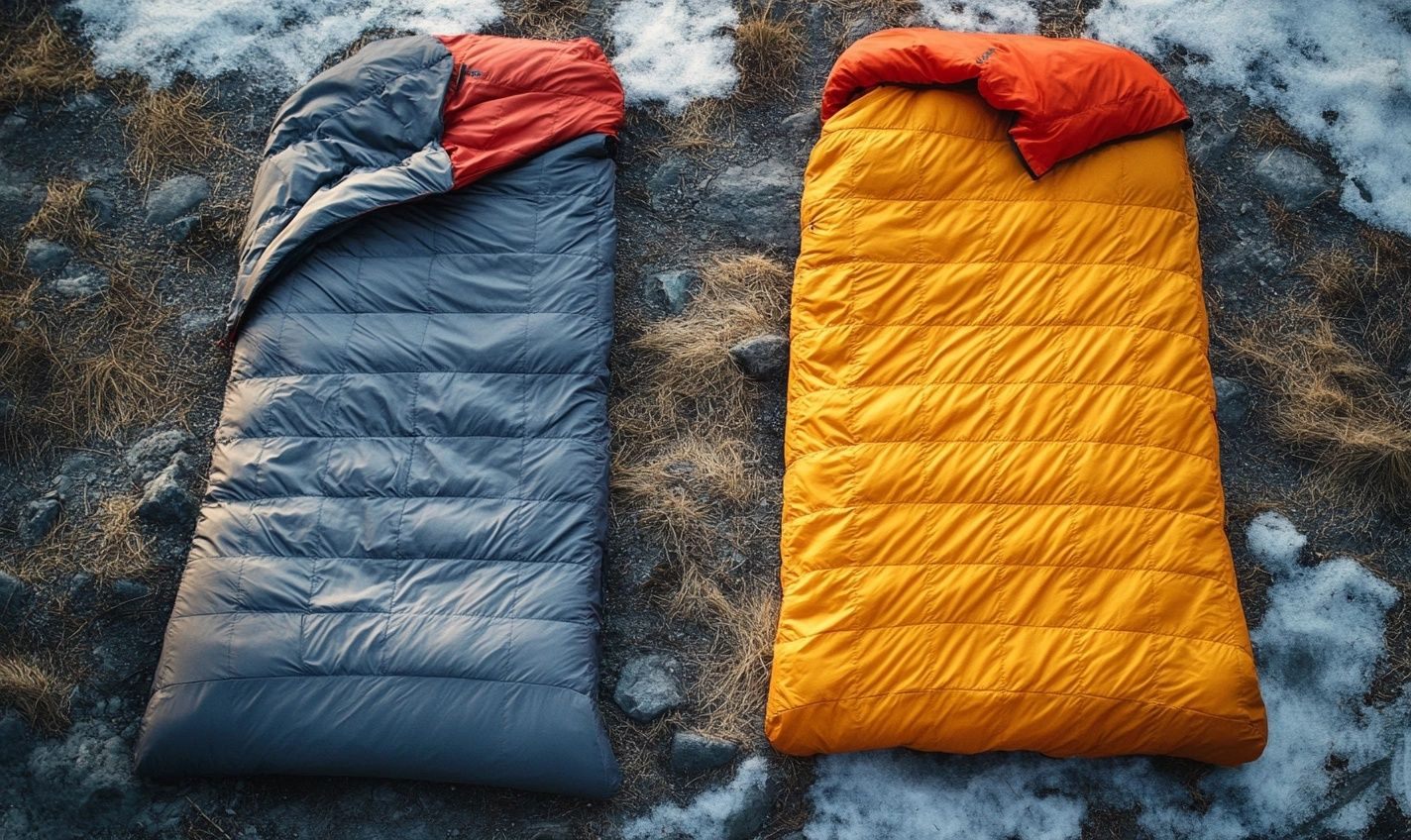
Understanding Sleeping Bag Temperature Ratings
Choosing the right sleeping bag for your camping adventure can be crucial. Being equipped with the appropriate sleeping bag for the weather conditions can make the difference between a cozy night’s sleep or a chilly, uncomfortable experience under the stars.
Deciphering the Temperature Ratings
When shopping for a sleeping bag for weather, you’ll often come across temperature ratings indicated on the product. Understanding these ratings is essential to ensure you pick the most suitable one for your needs:
- The Comfort Rating indicates the lowest temperature at which a warm sleeper can comfortably rest.
- The Limit Rating signifies the lowest temperature at which a cold sleeper will be comfortable.
- The Extreme Rating indicates the lowest temperature at which the sleeping bag can keep the user alive – though not necessarily comfortable.
Factors Influencing Your Choice
Several factors come into play when selecting a camping sleeping bag tailored to the weather conditions you expect to face on your trip. Consider the following:
- Insulation type: Down or Synthetic.
- Shape: Mummy or Rectangular.
- Weight and Size: Ensure it’s portable for your needs.
- Features: Water resistance, hood, zippered pockets, etc.
Your Ultimate Sleeping Bag Guide
As you search for the ideal weather sleeping bag, remember it’s not just a piece of gear – it’s your cozy cocoon under the vast night sky. Choose wisely to ensure your outdoor adventures are complete with restful nights and rejuvenating sleep.
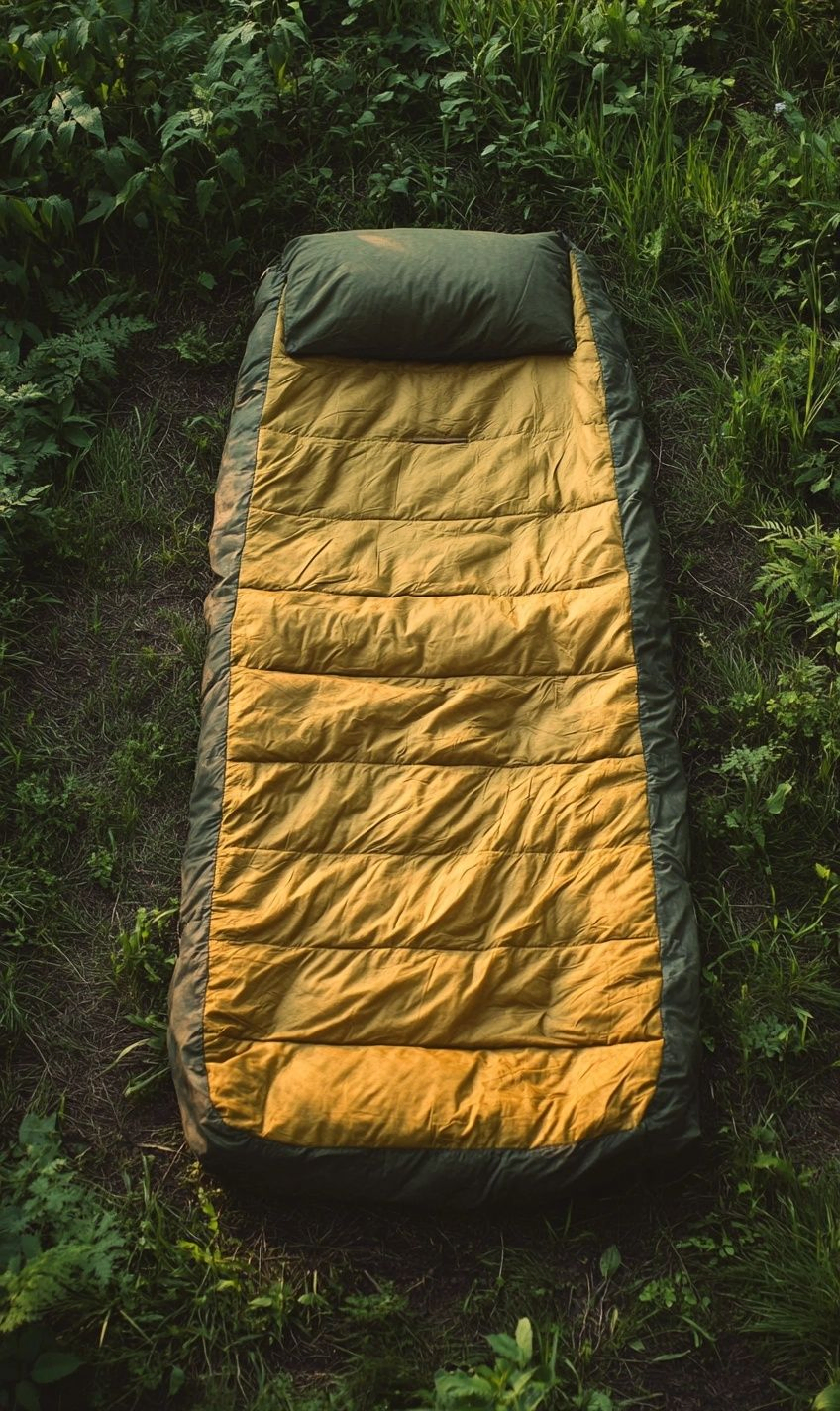
Factors to Consider When Choosing a Camping Sleeping Bag
Choosing the right camping sleeping bag can make or break your outdoor experience. With a wide range of options available, it’s essential to consider the following factors before making a purchase:
Weather Conditions
Consider the weather sleeping bag guide for the destination. Are you camping in a hot, cold, or wet climate? Make sure to choose a sleeping bag suitable for your specific weather conditions.
Sleeping Bag Temperature Ratings
Understanding the temperature ratings of a camping sleeping bag is crucial. Look for a bag with the correct temperature rating for the expected nighttime lows.
Insulation Material
The type of insulation in a sleeping bag plays a significant role in its warmth and weight. Consider the pros and cons of down and synthetic insulation materials.
Weight and Size
When packing for a camping trip, every ounce counts. Opt for a lightweight, compact sleeping bag that fits easily into your backpack.
Shape and Design
The shape of a sleeping bag can impact its thermal efficiency. Based on your preference and the weather conditions you expect to face, choose between mummy or rectangular bags.
Considering these factors, be well-equipped to choose the perfect camping sleeping bag for your next outdoor adventure!
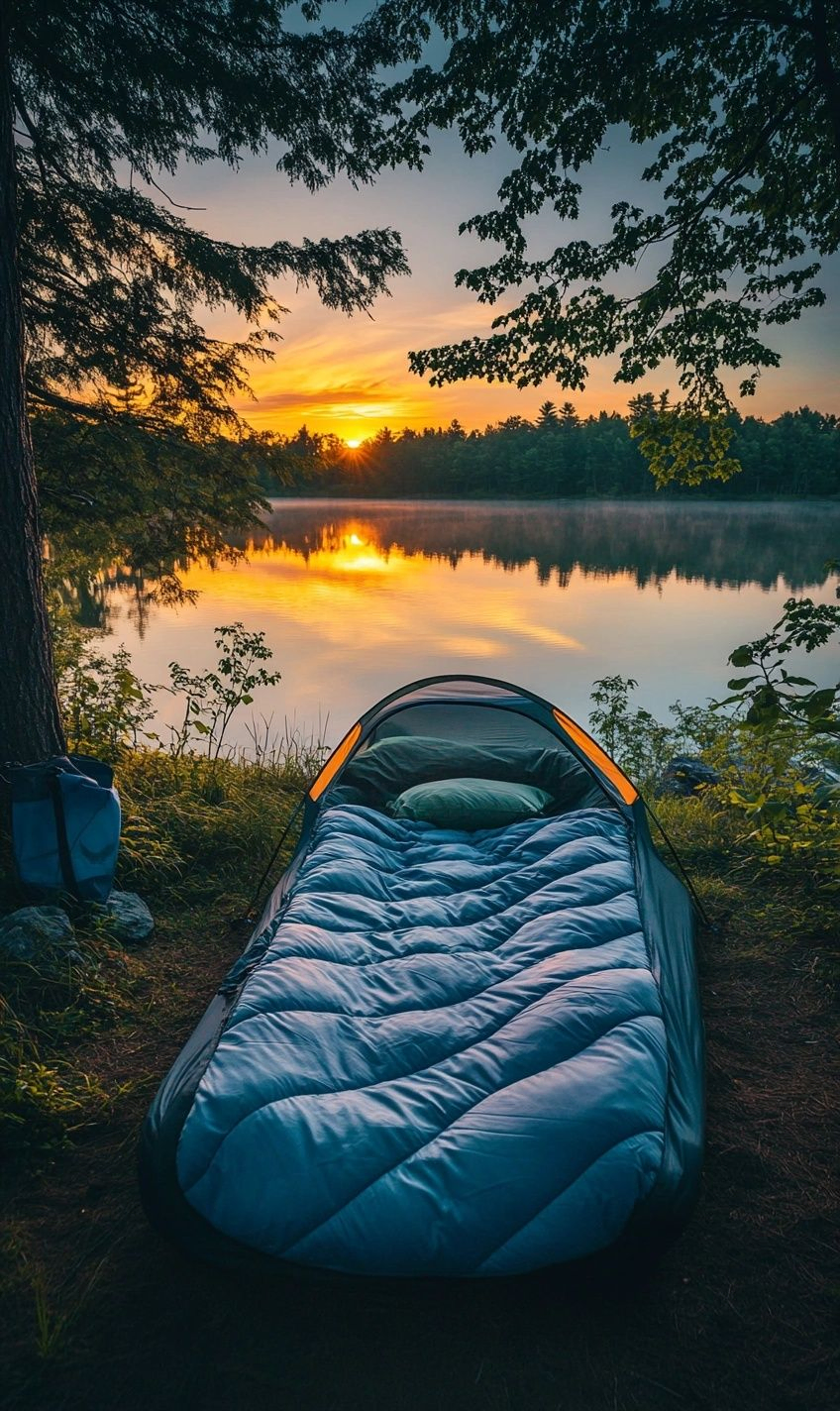
Types of Insulation Materials for Sleeping Bags
When choosing a camping sleeping bag, one of the most crucial factors to consider is the type of insulation material used. The insulation keeps you warm and comfortable during chilly nights outdoors. Here are some common insulation materials found in sleeping bags:
Down Insulation:
Known for its exceptional warmth-to-weight ratio, down insulation is made from the soft plumage found underneath the feathers of ducks or geese. It provides excellent warmth and compressibility, ideal for cold-weather camping adventures.
Synthetic Insulation:
Synthetic insulation is typically made from polyester fibers that mimic Down’s properties. While not as compressible as down, synthetic insulation retains its warmth even when wet, making it an excellent choice for damp or humid conditions.
Hybrid Insulation:
As the name suggests, hybrid insulation combines the best of both worlds by blending down and synthetic fibers. This type of insulation balances warmth, compressibility, and moisture resistance, making it a versatile option for various weather conditions.
Foam Insulation:
Foam insulation is often found in budget-friendly sleeping bags. While not as lightweight or compact as down or synthetic insulation, the foam provides decent insulation properties and can be a suitable choice for beginner campers or occasional use.
When selecting a camping sleeping bag, consider the weather conditions you’ll be facing and choose an insulation material that suits your needs. Remember, the proper insulation can make all the difference in ensuring a comfortable and cozy night’s sleep under the stars.
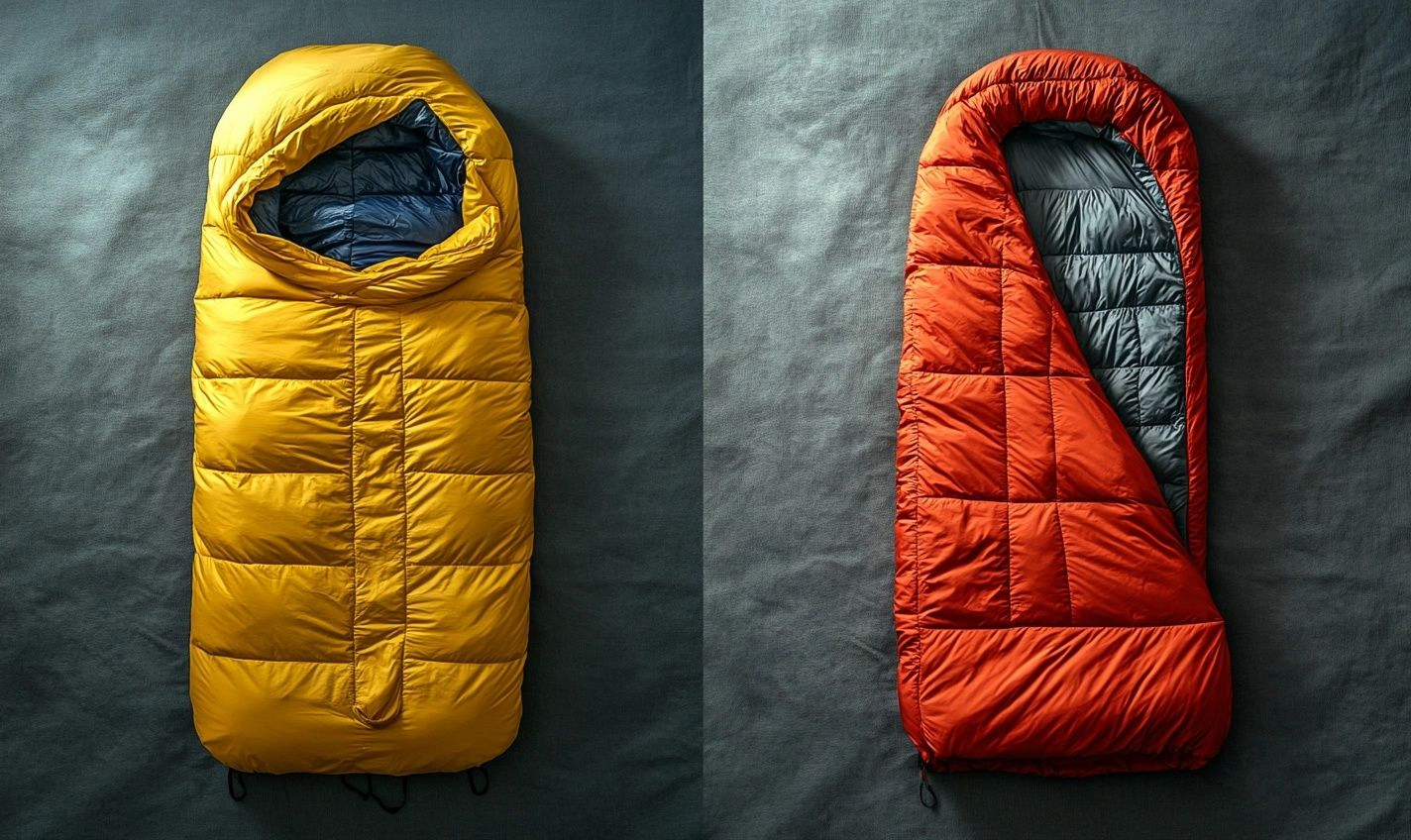
Weight and Size Considerations for Camping Sleeping Bags
Weight and size are vital factors to consider when choosing a camping sleeping bag. As a camper, you want lightweight, compact gear that is easy to carry and pack. Let’s delve into why these considerations are crucial for your camping experience.
Importance of Weight:
Carrying heavy gear can quickly sap your energy and make hiking to your campsite challenging. Opting for a lightweight sleeping bag allows you to move freely and comfortably during your outdoor adventures.
Significance of Size:
A compact sleeping bag not only saves space in your backpack but also provides you with the convenience of easy storage. It is essential to choose a bag that can be compressed to a manageable size without compromising its insulation properties.
Choosing the Right Balance:
Finding the perfect balance between weight and size is vital when selecting a camping sleeping bag. Consider the following tips to help you make an informed decision:
- Look for ultralight materials to reduce overall weight.
- Opt for a compressible design for easy packing.
- Consider the season you’ll be camping in to determine the appropriate insulation level.
Practical Example:
Imagine carrying a bulky and heavy sleeping bag during a long hike. Now, picture yourself with a lightweight, compact sleeping bag that fits snugly in your backpack. Which scenario sounds more appealing?
Remember, your camping gear should enhance your outdoor experience, not hinder it. When choosing a camping sleeping bag, prioritize weight and size considerations to ensure comfort and convenience throughout your adventures.
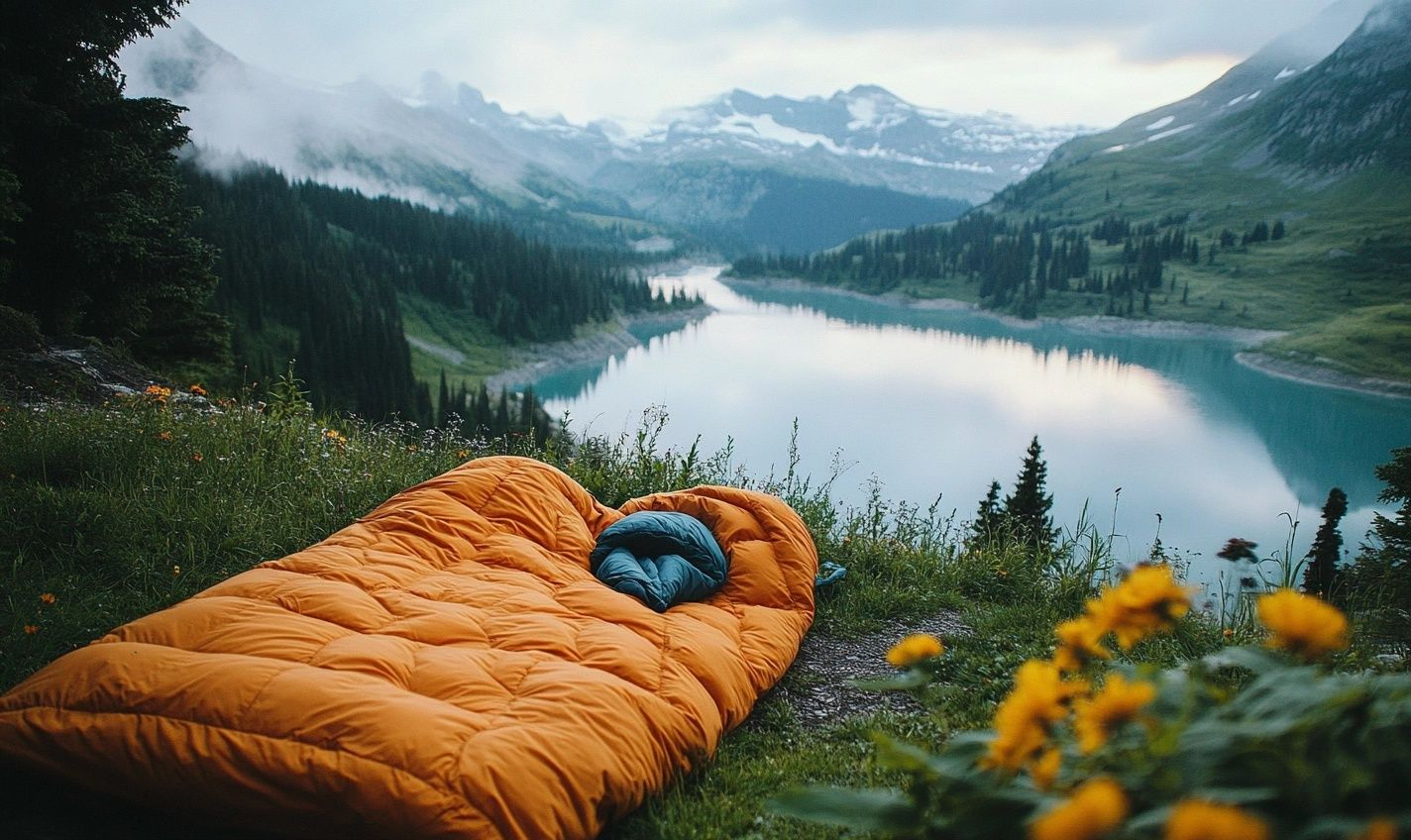
Features to Look for in a Weather-Appropriate Sleeping Bag
A suitable sleeping bag is one of the most crucial pieces of gear you’ll need for camping. No one wants to shiver through the night or wake up sweating because their sleeping bag doesn’t match the weather conditions. Choosing the right sleeping bag can make or break your camping experience.
Insulation Type:
• Down: Ideal for cold, dry weather. Lightweight and compressible but loses insulation when wet.
• Synthetic: Better for wet conditions. Retains warmth when damp but tends to be bulkier.
Temperature Rating:
• Comfort Rating: The lowest temperature at which a bag will keep the average sleeper warm.
• Lower Limit Rating: The lowest temperature at which a bag will keep a cold sleeper comfortable but not necessarily warm.
Shape and Size:
• Mummy: Close-fitting and efficient at retaining heat. Best for cold weather camping.
• Rectangular: Roomier but less heat-efficient. Suitable for warmer conditions or campers who like to move around.
Additional Features:
• Hood: Essential for trapping warmth and protecting your head from cold drafts.
• Draft Tubes: Prevent cold air from seeping in through the zipper.
• Water-Repellent Shell: Keeps you dry in case of unexpected rain or tent condensation.
Ultimately, the key is to match the sleeping bag’s features with the weather conditions you expect to encounter. Remember, a good night’s sleep can make all the difference in your camping adventure!
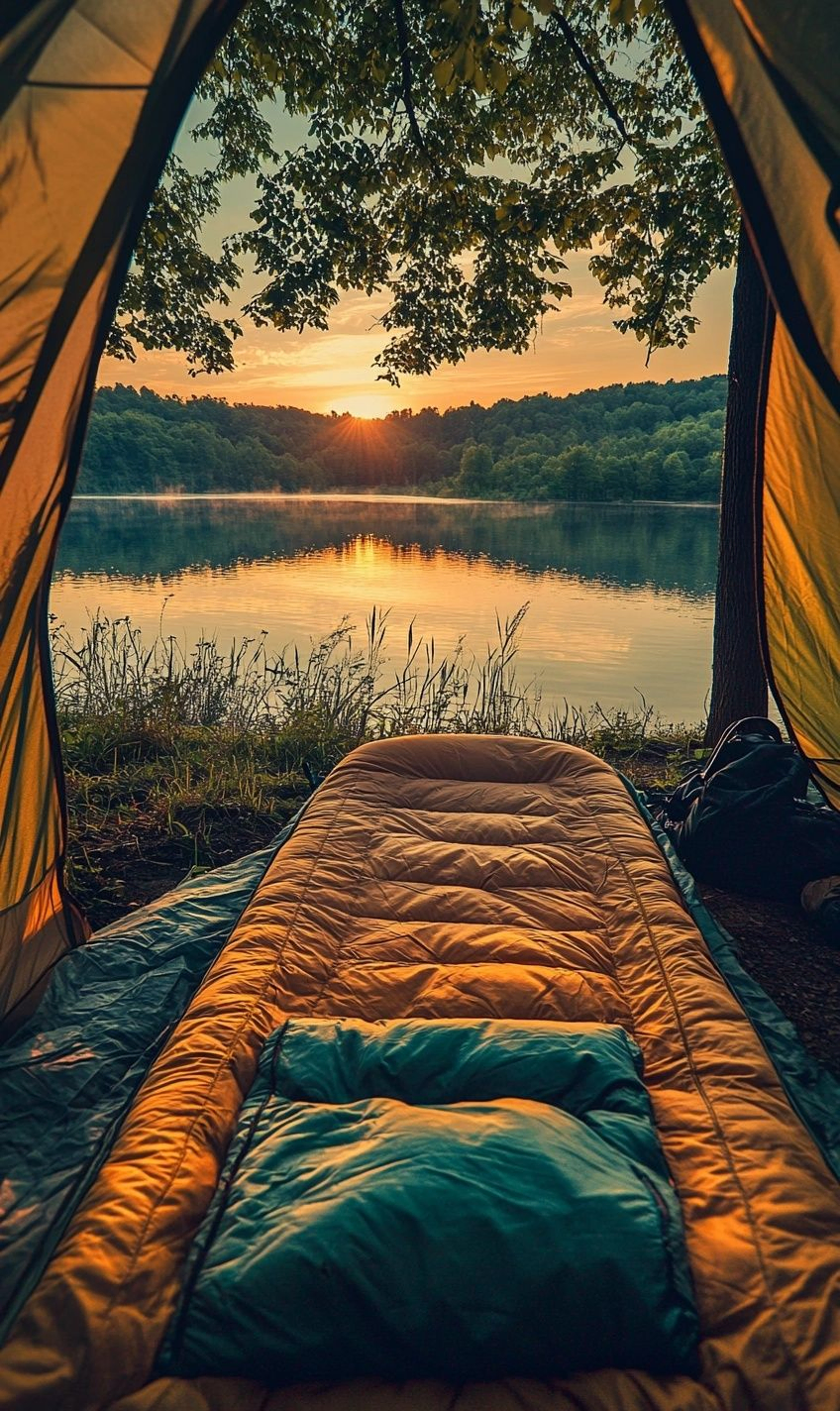
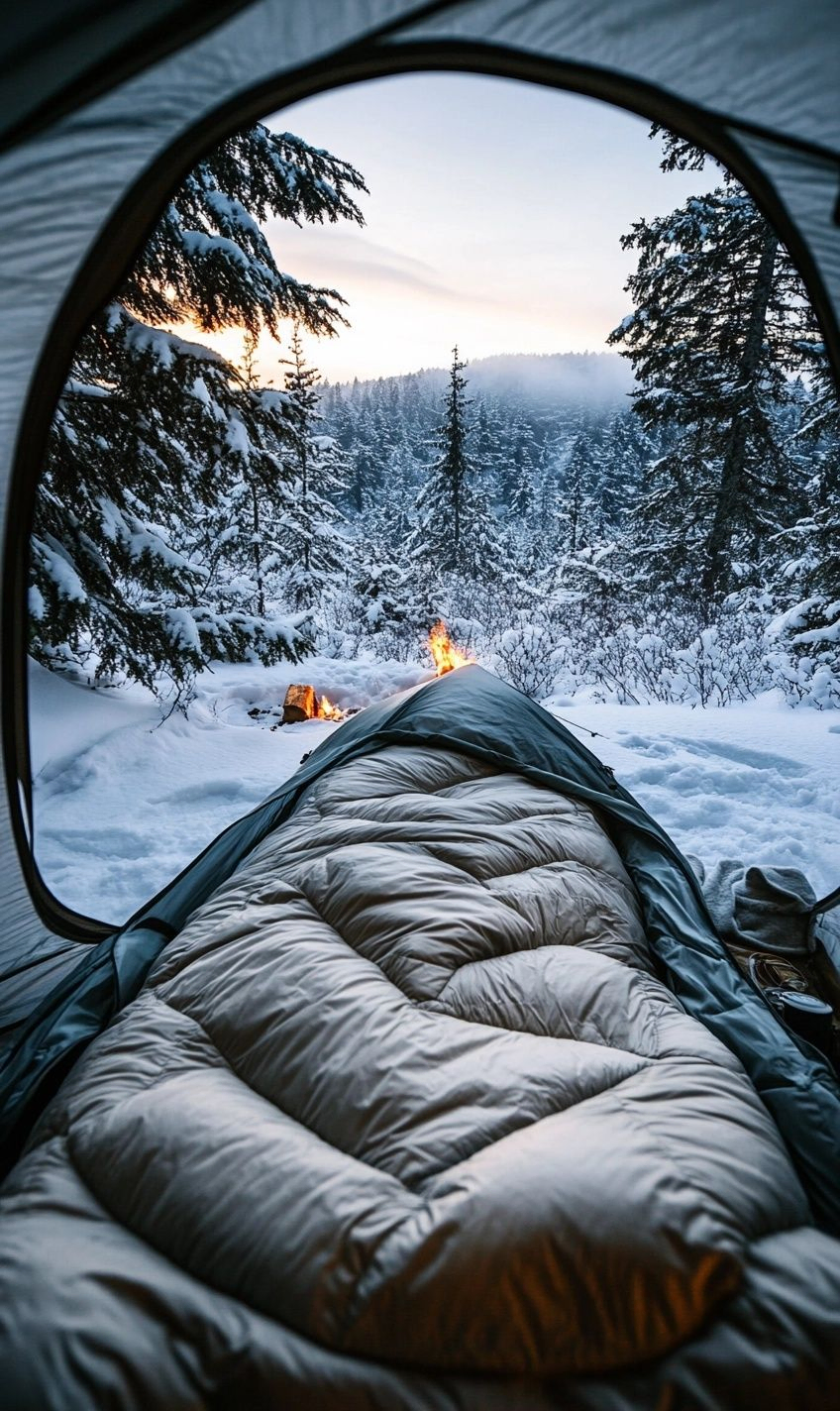
Comparing Mummy vs. Rectangular Sleeping Bags
Mummy and rectangular sleeping bags are the two most common styles found when shopping for camping gear. Choosing one over the other is essential for a good night’s rest during outdoor adventures.
The Mummy Sleeping Bag
The mummy sleeping bag is designed to be lightweight and compact, making it ideal for backpacking trips or cold weather conditions. Its tapered shape snugly fits the natural contours of your body, reducing the amount of space your body needs to heat up, thus improving warmth retention. Some benefits of a mummy sleeping bag are:
- Excellent thermal efficiency
- Reduced weight and size
- More suitable for colder climates
The Rectangular Sleeping Bag
On the other hand, the rectangular sleeping bag offers more room to move around and feels less restrictive compared to the mummy style. Although it may not be as efficient in retaining heat, it is perfect for warmer weather or campers who like to stretch out when they sleep. Here are some advantages of a rectangular sleeping bag:
- Spacious and comfortable
- It can be fully unzipped for use as a blanket
- Easier to get in and out of
When deciding between a mummy or rectangular sleeping bag, consider the type of camping you’ll be doing, the weather conditions you’ll encounter, and your personal comfort preferences. Remember, the right sleeping bag could be the difference between a night of peaceful slumber under the stars or a restless, chilly evening in the wilderness.
| Feature | Mummy Sleeping Bag | Rectangular Sleeping Bag |
|---|---|---|
| Shape | Tapered at the feet and snug around the body. | Wide and rectangular, with more room inside. |
| Warmth | Excellent for retaining heat due to the snug fit. | Less heat retention due to extra space inside. |
| Weight | Lighter and more compact, ideal for backpacking. | Heavier and bulkier, better for car camping. |
| Comfort | Can feel restrictive for some due to the tight fit. | More spacious and comfortable for people who like to move around. |
| Price | Often more expensive due to advanced insulation and features. | Generally more affordable and widely available. |
| Best Use | Cold weather camping, backpacking, and mountaineering. | Casual camping, warm weather trips, and car camping. |
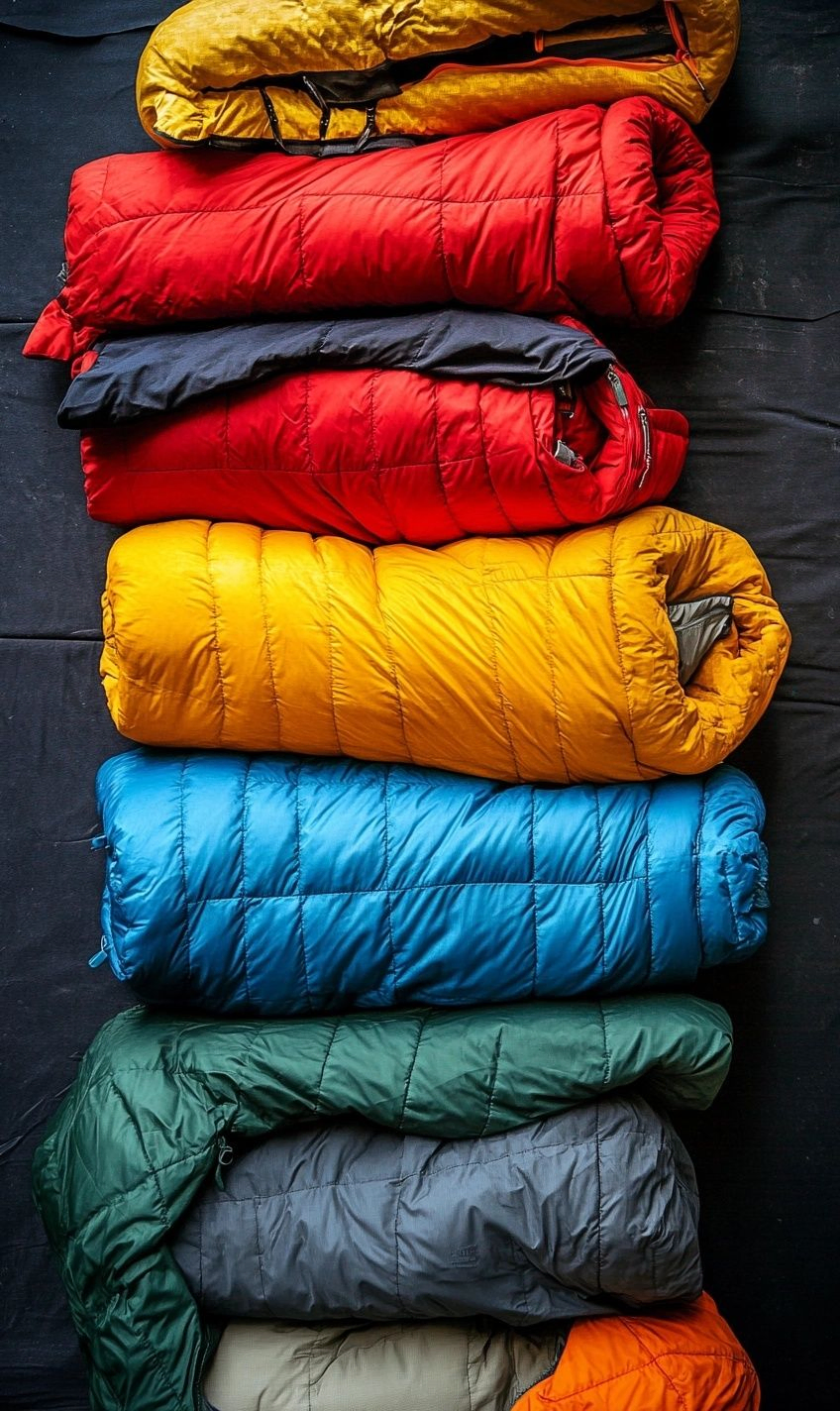
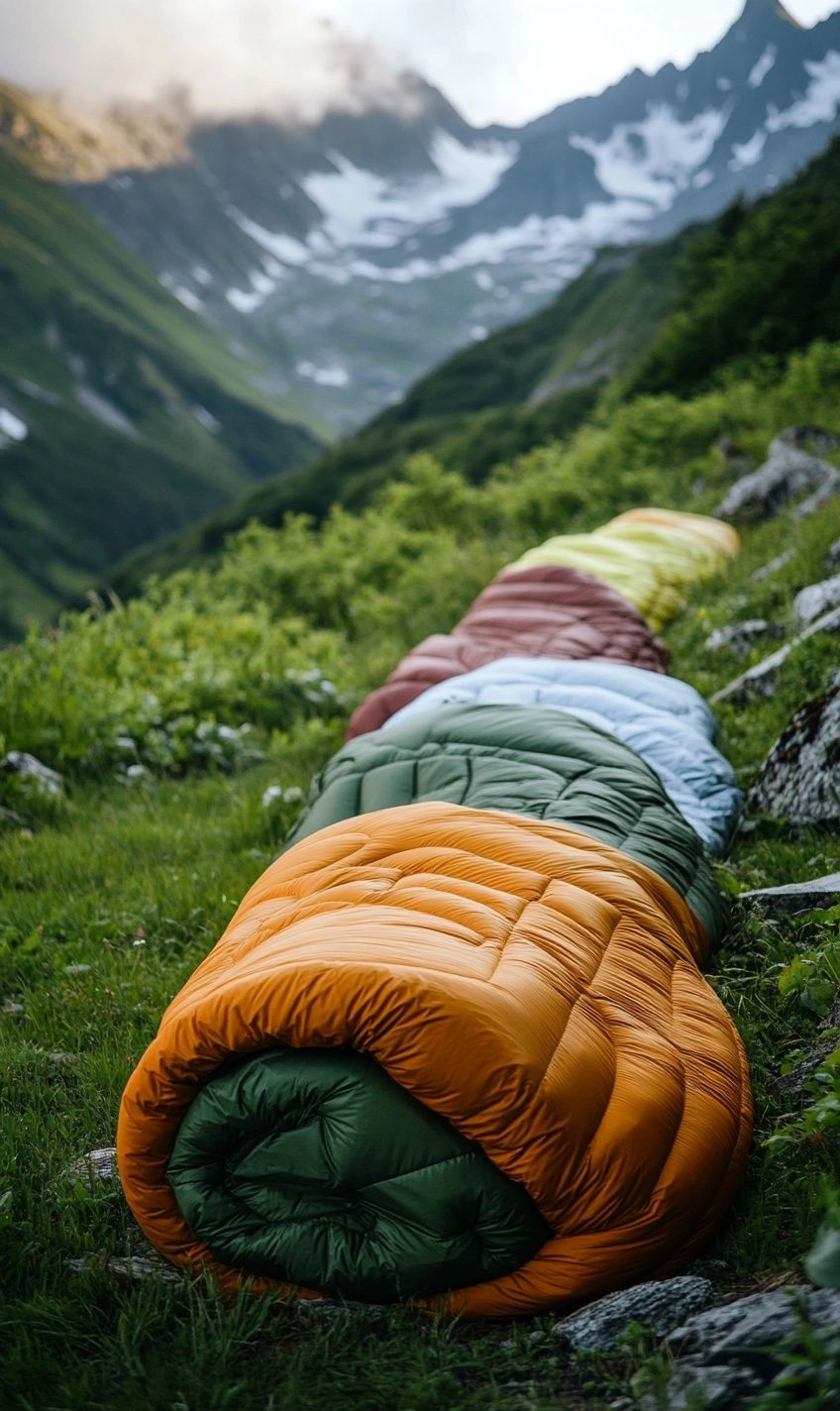
The Importance of Sleeping Bag Shape for Different Weather Conditions
Choosing the right sleeping bag is crucial for a comfortable outdoor camping experience. One key factor to consider when selecting a camping sleeping bag is its shape, which can significantly affect your warmth and comfort depending on the weather conditions. Let’s explore why the shape of a sleeping bag matters when camping in various weather scenarios.
Camping Sleeping Bag Shapes:
There are two common shapes of camping sleeping bags: mummy and rectangular. Each shape is designed for specific weather conditions and offers different benefits.
Choosing the Right Shape:
When deciding on a sleeping bag shape for different weather conditions, consider the following factors:
- Mummy Sleeping Bag: Ideal for cold weather camping, as its tapered design retains body heat efficiently.
- Rectangular Sleeping Bag: Offers more room to move around and is suitable for warmer weather camping trips.
Benefits of Each Shape:
- Mummy Bags: Provide better insulation and are lighter to carry, perfect for chilly nights.
- Rectangular Bags: Offer versatility and are more comfortable for those who like to move in their sleep.
By choosing the right sleeping bag shape based on the weather conditions of your camping destination, you can ensure a restful night’s sleep and an enjoyable outdoor adventure.
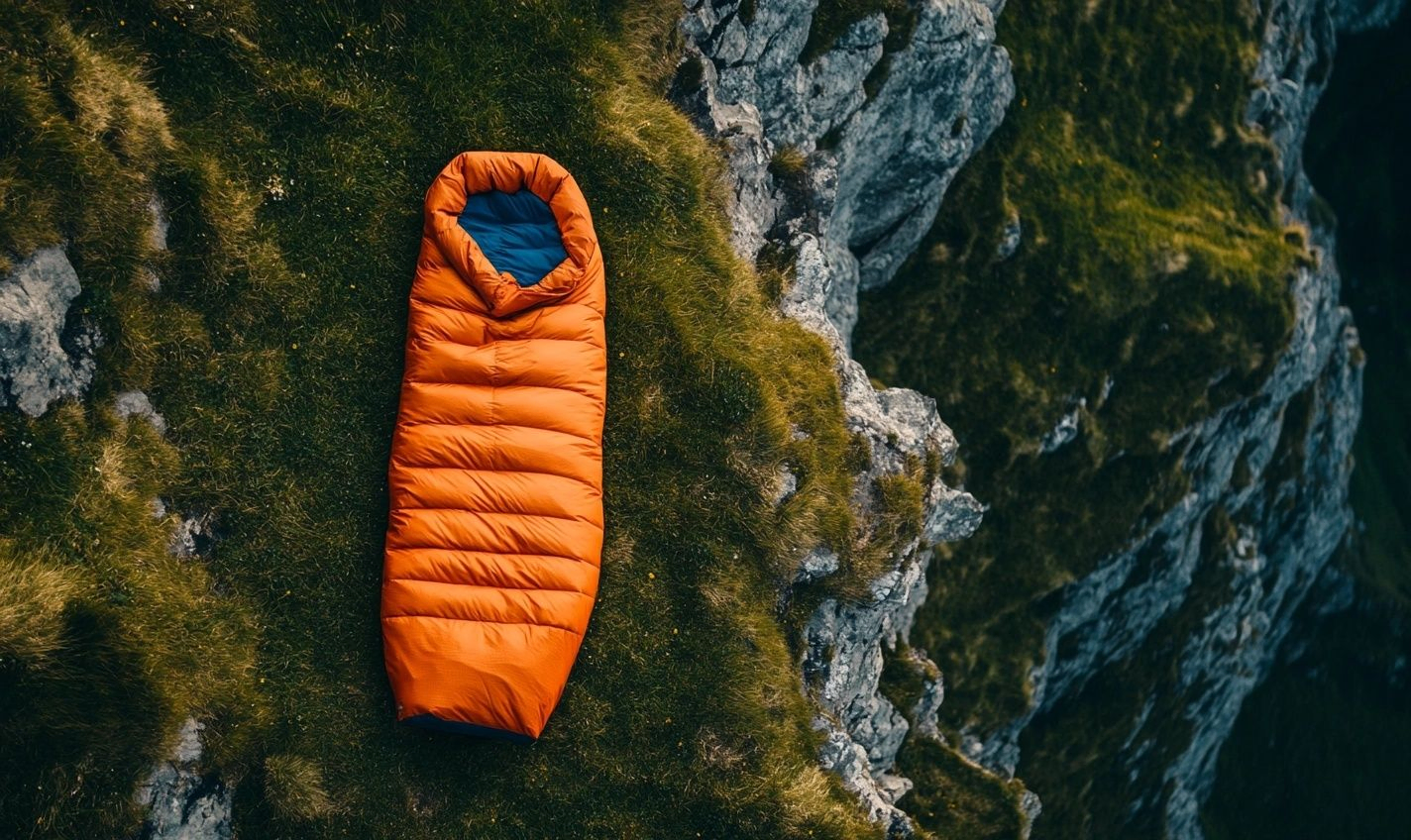
How to Maintain and Care for Your Camping Sleeping Bag
Now that you’ve picked the perfect camping sleeping bag for your outdoor adventures, keeping it in top condition to ensure its longevity and performance is essential. Proper maintenance will not only extend the life of your sleeping bag but also maximize its insulation capabilities. Here are some simple tips to help you care for your camping sleeping bag:
Store Your Sleeping Bag Properly
After each camping trip, air out your sleeping bag before storing it. To maintain its loft and insulation properties, avoid compressing it for long periods when not in use.
Clean Your Sleeping Bag Regularly
Follow the manufacturer’s instructions for washing your sleeping bag. You can spot-clean minor stains with a gentle detergent or hand wash the entire bag if needed. Ensure it is scorched before storing to prevent mold and mildew growth.
Avoid Overstuffing Your Bag
When packing your sleeping bag, avoid stuffing it tightly in your backpack. Instead, loosely pack it in a breathable storage sack to maintain its loft and insulation efficiency.
Use a Sleeping Bag Liner
Consider using a sleeping bag liner to protect the interior of your sleeping bag from body oils, dirt, and sweat. This will help keep your sleeping bag clean and reduce the frequency of washings.
Repair Any Damage Promptly
After each trip, check your sleeping bag for tears, loose seams, or broken zippers. Repair any damage promptly to prevent it from worsening and compromising the insulation.
Avoid Eating or Drinking in Your Sleeping Bag
Avoid eating or drinking inside your sleeping bag to prevent accidental spills and stains. This will also help maintain its cleanliness and avoid attracting unwanted critters.
Following these simple tips ensures that your camping sleeping bag remains in top condition for many outdoor adventures. Remember, a well-maintained sleeping bag is a cozy retreat after a long day of hiking and exploring the great outdoors!
Conclusion
When selecting the best camping sleeping bag for your adventures, consider various factors such as weather conditions, insulation type, shape, and size. By choosing a sleeping bag that suits your needs and the climate you’ll be camping in, you can ensure a comfortable and restful night’s sleep outdoors.
Remember to check the sleeping bag’s temperature rating to match the expected weather conditions. Whether you’re camping in the summer or winter, there’s a sleeping bag designed to keep you warm and cozy throughout the night.
Investing in a high-quality camping sleeping bag is an investment in your comfort and overall camping experience. With proper care and maintenance, your sleeping bag can last many camping trips and provide a sanctuary to recharge after a day of outdoor adventures.
So, take the time to research and consider the different options available, try out the sleeping bag for size and comfort, and then get ready to enjoy the beauty of nature with the confidence that you’ll have a good night’s sleep waiting for you in your chosen camping sleeping bag.








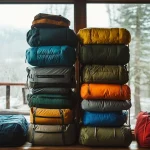

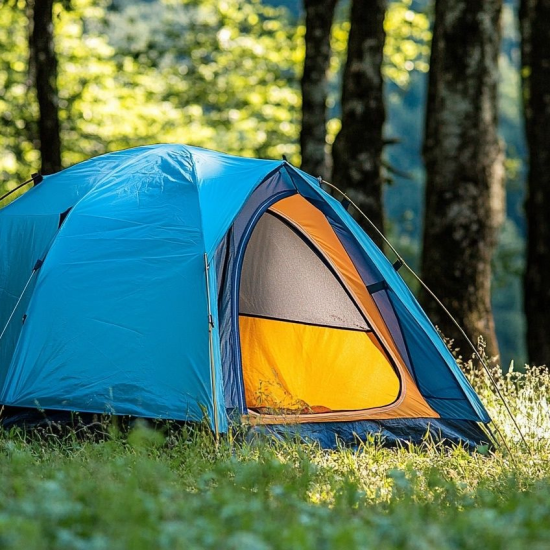
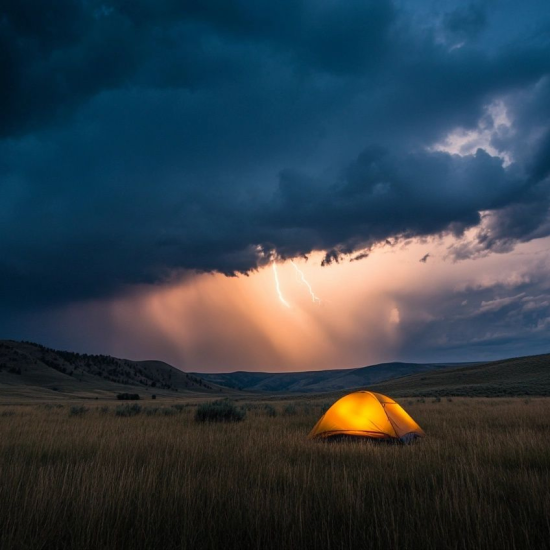
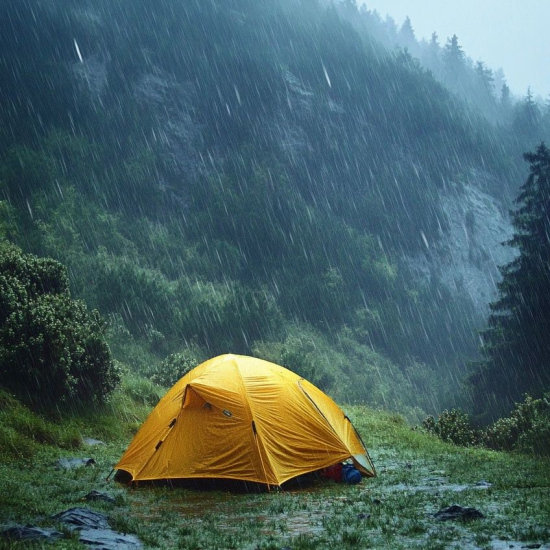
No Comment! Be the first one.